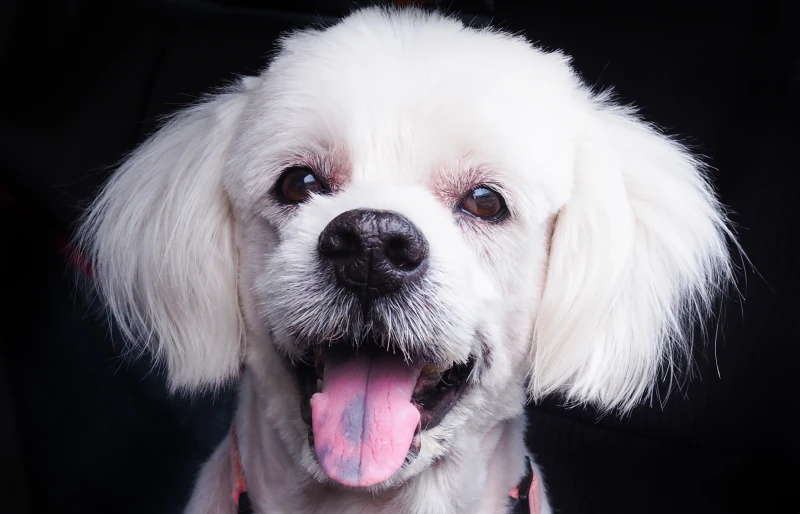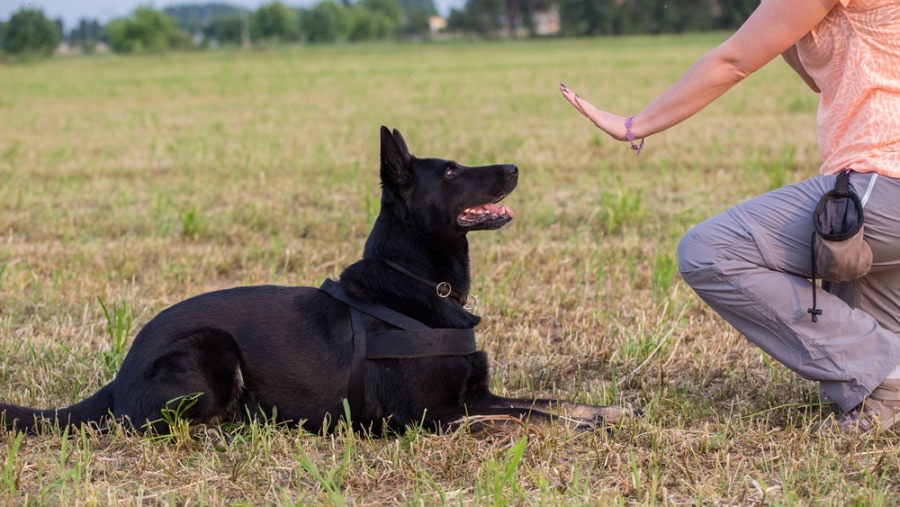How to Determine a Dog’s Body Condition Score: Vet-Reviewed Health Facts

Updated on
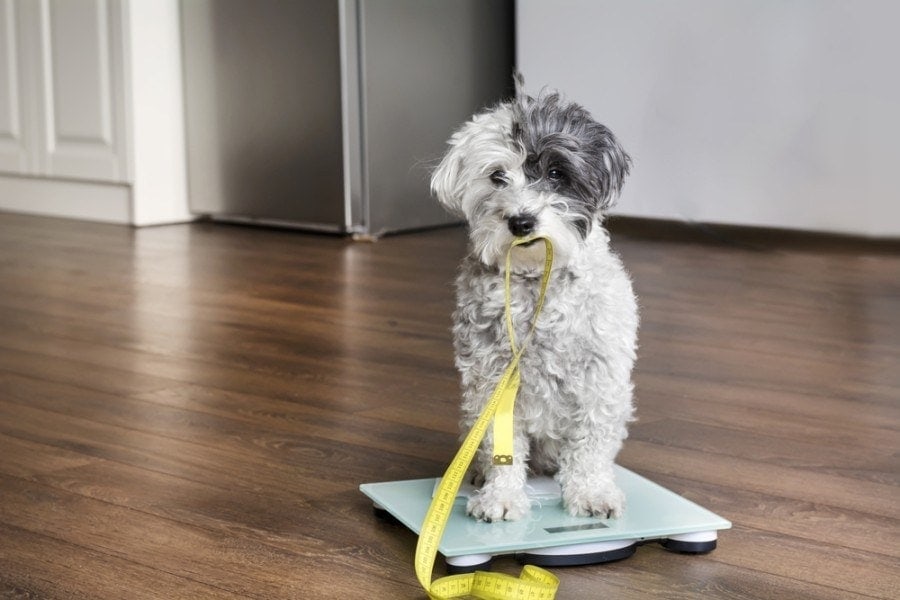
Click to Skip Ahead
As loving parents, we want the best for our pups. However, while overweight dogs might look cute, obesity is a serious problem for canines. But how do you know if the dog is in proper shape?
That’s when the Body Condition Score comes in. It’s a technique for checking a dog’s weight or their body fat mass.
This method involves visually examining and physically palpating the fat under the pet’s skin. So, how do you evaluate the dog’s weight properly? How does the Body Condition Score system work, exactly? To help you get everything right, we put together a simple, easy-to-follow guide. Check it out!
What Is Body Condition Score & How Does It Work?
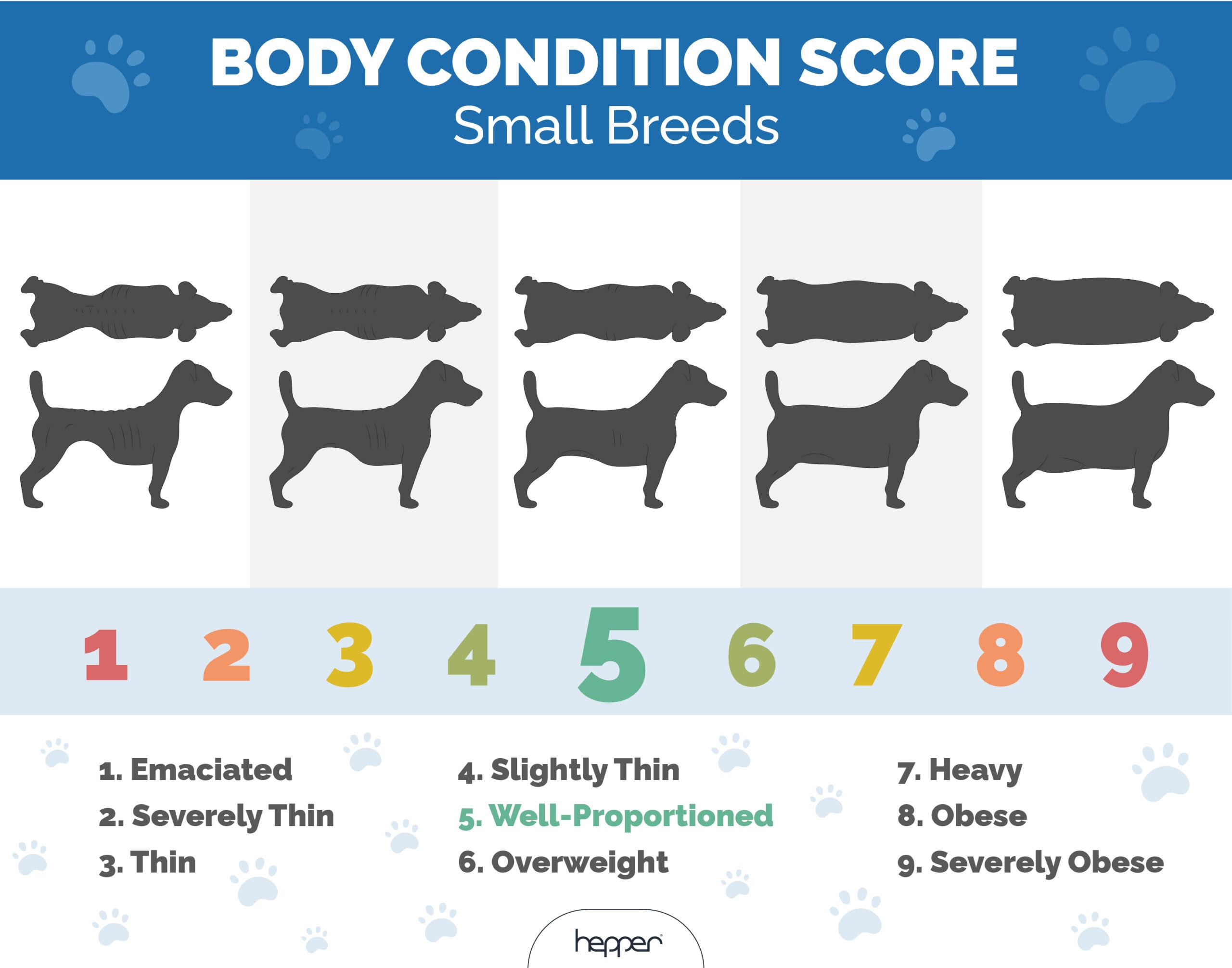
The Body Condition Score (BCS) is specifically tailored to the needs of pets, dogs included. And it’s a bit more sophisticated, simply because the weight range for canines is much larger. Vets in the US use two BCS scales: 1–5 and 1–9. The second one is more precise, of course.
Now, if the dog ranks 5/5 on the 1–5 scale, that means we’re dealing with an obese pet. At the same time, a dog with a 5/9 rating will have an ideal weight. Always go for the golden middle. A dog with a BCS of 1–2 will be dangerously thin, no matter the system you’re using. To stay on track with the pet’s weight, check its BCS once every 2–3 months.
The 5 Steps on How to Determine a Dog’s Body Condition Score
1. First, Make Sure the Dog Is Relaxed
If you have a strong bond with the pup, it won’t mind being examined. Still, make sure the pet is relaxed. Sometimes, canines can get anxious when you get all feely touchy. To encourage good behavior, consider giving the bud a tasty snack or two. Next, be gentle and never rush the process. It’s easy to get carried away when trying to get the body condition score right, but you need to always put the dog’s well-being first.
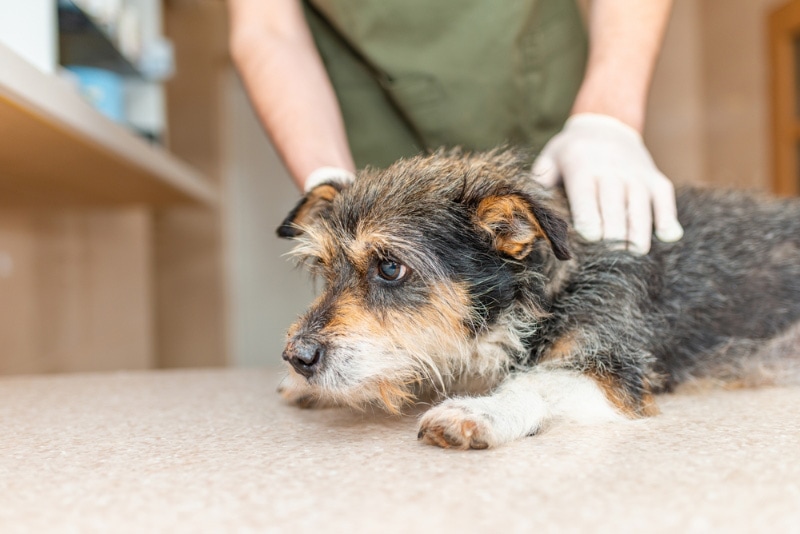
2. Start by Evaluating the Pup Visually
Now it’s time to take a look at the pet. For that, stand next to the pet and check its back. Does the four-legged bud have the so-called hourglass figure? That means they are fit. The waistline of a dog in shape is very defined and easy to notice from above. Next, kneel down and look at the canine from the left or the right side. The waist should be raised, giving the dog a sleek shape.
Do you see a slightly sagging stomach, or is the abdomen tucked up? If it’s roughly the same level as the chest, the dog is overweight. The more extra pounds the pet has, their waistline, chest, and tummy will be less pronounced. Every dog is different, but these rules apply to most pups.
3. Physical Examination Comes Next
Go ahead and touch the dog’s ribs. If you can feel the rib cage underneath a very thin layer of fat, the dog is shredded, with a body condition score of 3/5 or 4–5/9. Run your hand from the dog’s tail to the neck. You should feel the backbone.
In contrast, when you need to apply pressure to feel the ribs, meaning the pup is probably overweight. Its BCS will be somewhere around 4/5 or 6/9, or even higher.
Lastly, when the fat is too thick for you to “push through”, that pet is getting dangerously close to 5/5 or 9/9 on the BCS scale. But what about when the ribs stick out of the body? In that case, the dog has almost no body fat and a low muscle mass. Abnormally thin canines have a BCS of 1/5 or 1–2/9. That said, for certain breeds from the hound group, it’s normal to have visible ribs.
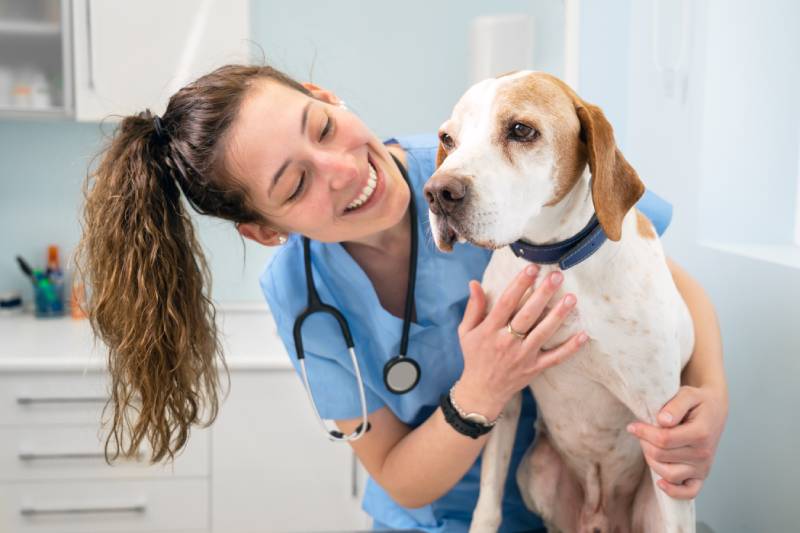
4. Assign a Numerical Score
You don’t have to be perfect here but do try to be accurate with your estimates. Getting the dog’s BCS right is important in determining what you should do next. If the dog is extremely underweight, that means it’s not getting enough feed to chew on, or maybe it has a serious medical condition.
- Emaciated (1/5 or 1/9). The dog’s bones (pelvic, spine, and ribs) will stick out from underneath the skin. The waistline will be narrower than the ribcage, while the tummy will be extremely tucked. This is a clear sign that the dog is losing its muscles. The process won’t stop unless you change the diet and add some extra calories.
- Very Thin (1.5/5 or 2/9). The bones will still be visible—you won’t have to touch the dog to feel how thin the fat covering is. That said, the loss of muscle mass will be less severe. The stomach and waistline are going to be almost as visible. Again, the pup isn’t getting enough calories to support its muscles.
- Thin (2/5 or 3/9). The bones will only be slightly visible, while the pet’s waist and the tummy are going to be obviously tucked. Minor loss of muscle mass.
- Slightly Underweight (2.5/5 or 4/9). You’ll have a hard time noticing the ribs and pelvic bones. The fat layer will be extremely thin, though. The waist and abdomen will stay tucked.
- Ideal (3/5 or 5/9). The fat layer is thin, and you can easily palpate the dog’s bones. The abdomen won’t sag; the waistline will be pronounced, making for a healthy, fit dog.
- Overweight (3.5/5 or 6/9). It will take a bit more effort to get to the bones through the fat. Expect the stomach and the waist to be visible. With this score, the dog will be 10% overweight.
- Heavy (4/5 or 7/9). This time, the fat will take over the ribs, forcing you to apply pressure to get to the ribcage. The pelvic bones and backbone will take even more effort to palpate. The waistline is going to be almost nonexistent, yet the dog’s abdomen will be tucked. You’re looking at a pet with 20% extra weight.
- Obese (4.5/5 or 8/9). At this stage, the dog will have a dangerously high amount of fat in its body (30% overweight). To get to any bone, you will have to press as hard as you can, causing the pet pain. The waist and the stomach will blend in with the rest of the dog’s body, giving it a rounder look.
- Severely Obese (5/5 or 9/9). No palpating the canine’s bones this time! This is true no matter how much pressure you apply. Most likely, the dog will have a protruding waistline and a sagging stomach. On top of that, the legs and the face will feature fat deposits. This is what 40% excess weight looks like.
5. Have the Dog Weighed
To avoid confusion and know the exact weight of your dog, just ask a veterinarian to weigh it. This procedure doesn’t cost much yet it will help you figure out exactly how close the pup is to becoming overweight or obese. Now, there are literally hundreds of dog breeds out there, which is why the ideal weight for each pup varies greatly. Also, please note that most male dogs weigh more than females.
Sometimes, the difference is minimal or nonexistent (as in the case of Airedale Terriers and Border Collies). In other cases, the boys are significantly larger and heavier than the females (Akitas and Bernese are a great example of that). Also, toy dogs usually weigh two to three times less compared to standard breeds.

Why Is It Important to Keep Your Dog in Shape?
Obesity is one of the biggest challenges of our time, both for humans and pets. Dogs with excess weight are prone to arthritis, pancreatitis, skin problems, and various respiratory, cardiovascular, and kidney diseases. According to a recent study, obese canines have a shorter life expectancy compared to pups in tip-top shape. They tested 50,000 dogs, and on average, the difference in lifespan was 2.5 years!
That’s why we need to take proper care of our four-legged buds’ body condition. Unfortunately, some pet parents like to spoil their pups with treats and high-calorie meals. A lack of activity is another serious problem, especially for high-energy dogs that need at least 1–2 hours of daily exercise to stay fit. Right now, 56% of pet dogs in the States are overweight.
Conclusion
If your dog has been on an “eating spree” lately you’re probably worried about its weight. Well, you can always check its body condition score. With dogs, it’s very important to prevent obesity: that’s how you avoid bad consequences for their health. You can, of course, take the pup to a vet’s clinic and have its BCS checked there by a professional.
However, once you learn how to check it manually, it will be much easier to keep the dog in shape. Also, don’t forget to feed it premium-quality food, make sure the dog gets enough physical activity, and talk to a veterinarian about the best diets, exercises, and supplements. A fit dog is a happy dog!
Featured Image Credit: Boryana Manzurova, Shutterstock





